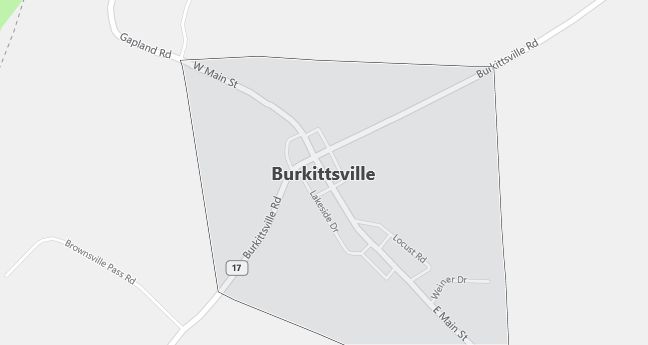Moving to Burkittsville, Maryland
Burkittsville is a well preserved, virtually unchanged example of an American townscape of the late 18th and early 19th centuries, when the town was a service center for the rural area around it. Churches, houses, and trade establishments strung along Main Street were bordered at the rear by fields surrounding the town. The mountains rose to the west. To this day, the town retains those early visual characteristics. Main Street’s buildings still are bordered by fields of crops and dairy farms, although there are no longer any commercial establishments in the town.
In 1810, Henry Burkett (or Burkitt, as it was later spelled) bought a part of the “Merryland Tract” that had been granted to the family of Governor Thomas S. Lee before the Revolutionary War. Then Joshua Harley settled on land adjoining Burkitt’s farm. Soon, a village grew on parts of the Burkitt and Harley properties at the intersection of two well traveled roads. Joshua Harley opened a store about 1820 and in 1824 became the first postmaster of the village, which at that time was called Harley’s Post Office. In 1829, Henry Burkitt commissioned a survey of his land and platted what was to become the town that bears his name. From then until the Civil War the village flourished, with many of the trades of the times being housed in the structures that were built.
Burkittsville became closely involved with the Civil War on September 13 and 14, 1862, when forces of the Union and Confederate armies engaged in the Battle of Crampton’s Gap, a bloody prelude to the Battle of Antietam. The town’s residents fled for safety to nearby villages.
Noted Maryland author George Alfred Townsend came to live in the Burkittsville area in 1865. Eleven years later, he was instrumental in the creation of the War Correspondents Arch, a memorial to the newspapermen of the Civil War. The memorial stands at Crampton’s Gap in Gathland State Park about a mile from Burkittsville.
Today, many of Burkittsville’s residents commute to jobs in the nearby metropolitan areas, but the town maintains a strong sense of community through its many services, social activities, special events, and town meetings.

